The Science Of Superfoods: What Makes Them So Powerful
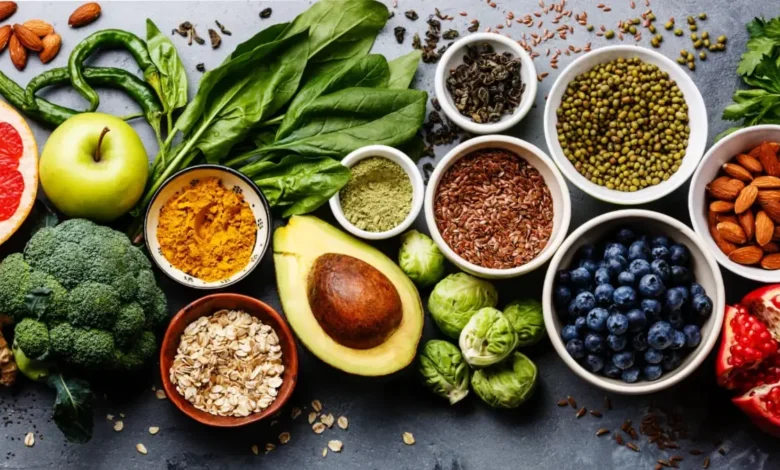
Superfoods have become a buzzword in the health and wellness world, from kale smoothies to chia seeds and acai bowls. But what makes these foods so powerful for our health? Superfoods are nutrient-dense, packed with vitamins, minerals, antioxidants, and other essential nutrients that support overall wellness. While not a scientific classification, these foods are linked to benefits like improved immunity, reduced inflammation, better heart health, and enhanced brain function. This article delves into the “Science Of Superfoods,” exploring the nutrients behind their power and examining the research that supports their health benefits.
What Defines a Superfood?
Superfoods are typically plant-based but also include certain fish and dairy products that offer exceptional nutritional benefits. These foods tend to be low in calories and high in nutrients, particularly antioxidants, healthy fats, fiber, and phytochemicals, which are bioactive compounds found in plants.
While there is no official list of superfoods, many nutrition experts agree that foods like berries, leafy greens, nuts, seeds, and fatty fish can be considered part of this group due to their high nutrient content.
The Key Nutrients and the Science of Superfoods
To understand why superfoods are so powerful, we need to look at the nutrients they contain. Here are some of the key nutrients commonly found in superfoods:
1. Antioxidants
Antioxidants are compounds that help neutralize harmful free radicals in the body. Free radicals are unstable molecules that can damage cells and contribute to aging and chronic diseases like cancer and heart disease.
Superfoods like berries, dark chocolate, and green tea are loaded with antioxidants, particularly flavonoids, polyphenols, and vitamins C and E.
For example, blueberries are rich in anthocyanins, a type of antioxidant that has been linked to improved brain function and reduced risk of heart disease. Similarly, dark chocolate contains flavonoids that may improve blood flow and lower blood pressure.
2. Healthy Fats
Healthy fats, such as omega-3 fatty acids, are essential for brain function, heart health, and reducing inflammation.
Fatty fish like salmon, mackerel, and sardines are well-known for their high omega-3 content. These fats have been shown to reduce the risk of heart disease, lower triglycerides, and improve cognitive function.
Nuts and seeds, particularly walnuts, flaxseeds, and chia seeds, are also excellent sources of healthy fats. Chia seeds, for example, are packed with alpha-linolenic acid (ALA), a type of omega-3 fatty acid that supports heart health and reduces inflammation.
3. Fiber
Fiber is crucial for digestive health, and it helps regulate blood sugar levels and lower cholesterol. Superfoods like oats, quinoa, and beans are excellent sources of both soluble and insoluble fiber.
Soluble fiber helps reduce cholesterol levels, while insoluble fiber aids digestion by adding bulk to the stool.
Leafy greens like spinach and kale are also high in fiber, while fruits such as apples and pears provide pectin, a type of soluble fiber that promotes gut health.
4. Vitamins and Minerals
Superfoods are often rich in essential vitamins and minerals, which play a critical role in maintaining overall health. For example, leafy greens like spinach and kale are high in vitamins A, C, and K, as well as minerals like calcium, magnesium, and iron.
Vitamin A is important for eye health, while vitamin C boosts the immune system and supports skin health. Vitamin K is vital for proper blood clotting and supporting bone health. Magnesium is involved in over 300 biochemical reactions in the body, including energy production and muscle function, while iron is crucial for transporting oxygen in the blood.
5. Phytochemicals
Phytochemicals are natural compounds found in plants that offer a range of health benefits. These include flavonoids, carotenoids, and polyphenols, which have antioxidant, anti-inflammatory, and anticancer properties.
For instance, tomatoes are rich in lycopene, a carotenoid that has been linked to a reduced risk of prostate cancer. Green tea contains catechins, a type of polyphenol that may help with weight management and improve cardiovascular health. Cruciferous vegetables like broccoli and cauliflower contain sulforaphane, a compound that has been shown to have cancer-fighting properties.
Popular Science of Superfoods and Their Health Benefits
Let’s take a closer look at some of the most popular superfoods and the scientific evidence supporting their health benefits.
1. Blueberries
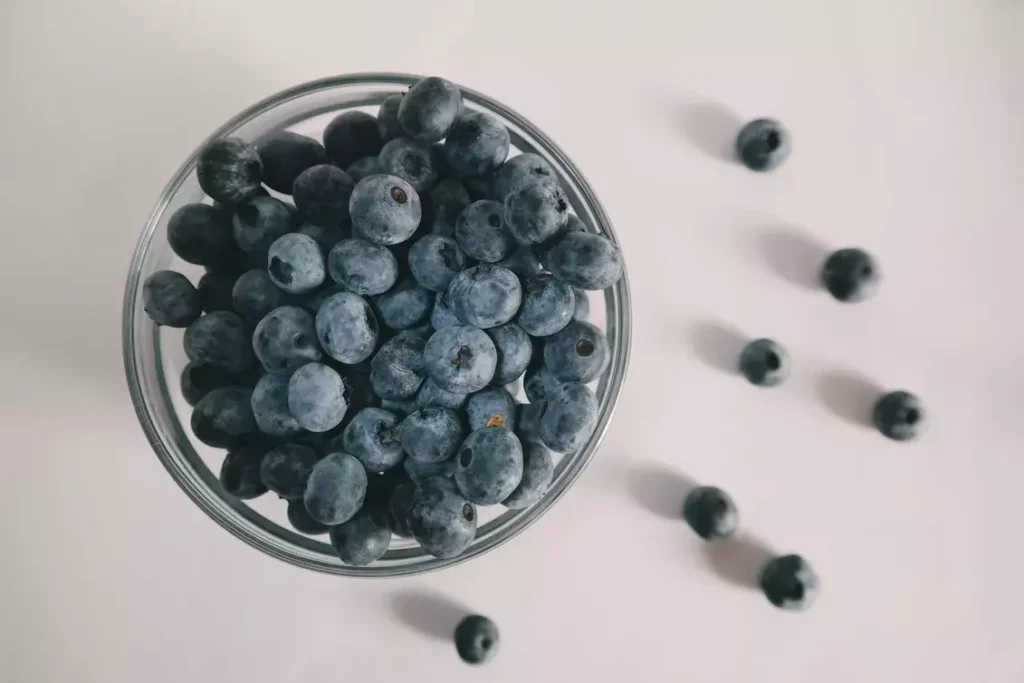
Blueberries are often hailed as one of the most powerful superfoods due to their high antioxidant content. They are rich in anthocyanins, which give them their deep blue color and provide a range of health benefits.
Studies have shown that blueberries can improve brain function, particularly in older adults, and may help reduce the risk of cognitive decline.
In addition, blueberries have been linked to a reduced risk of heart disease. Their high levels of antioxidants can help lower blood pressure, reduce LDL cholesterol, and prevent oxidative damage to cells.
2. Kale
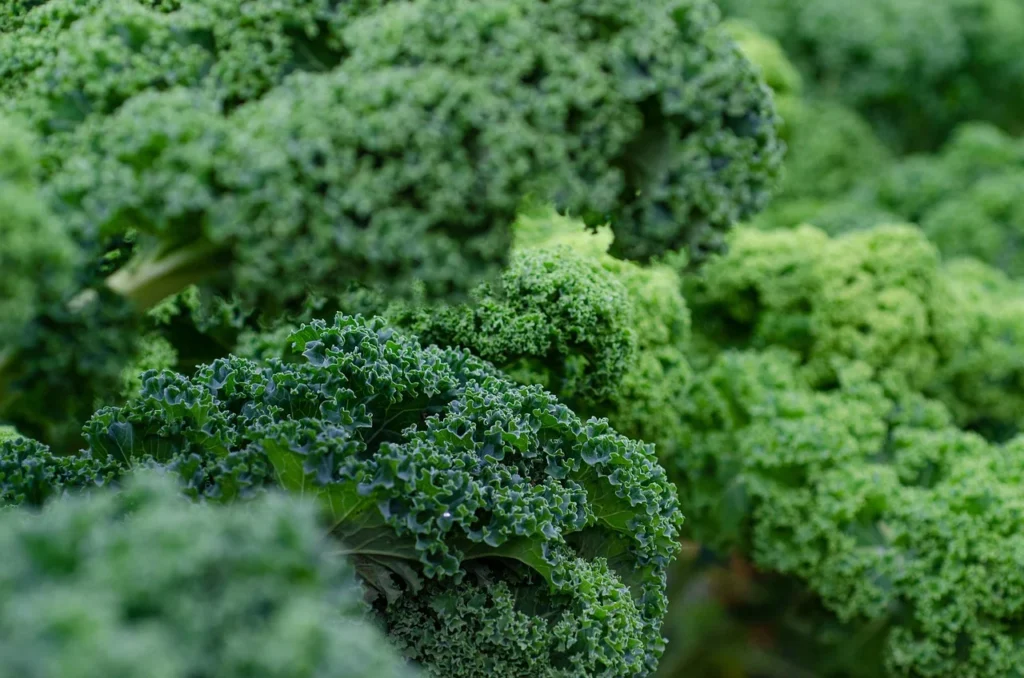
Kale is a nutrient-dense leafy green that is packed with vitamins A, C, and K, as well as calcium and fiber. It is also a rich source of antioxidants, including quercetin and kaempferol, which have anti-inflammatory and anti-cancer properties.
Research suggests that consuming kale regularly may help lower cholesterol levels, improve digestion, and support bone health. Kale’s high fiber content also helps regulate blood sugar levels, making it a good choice for those with diabetes.
3. Salmon

Salmon is a rich source of omega-3 fatty acids, known to reduce inflammation, boost heart health, and enhance brain function. Omega-3s are also essential for maintaining healthy skin and reducing the risk of chronic diseases like arthritis.
In addition to its healthy fat content, salmon is rich in protein, B vitamins, and selenium, a mineral that plays a key role in protecting cells from oxidative damage.
4. Chia Seeds
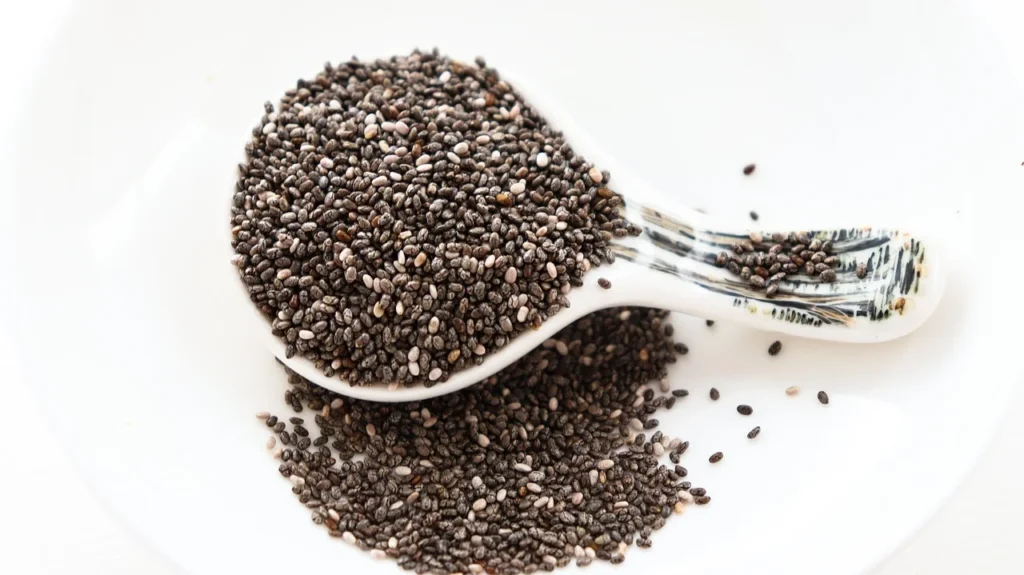
Chia seeds may be tiny, but they deliver a hefty nutritional boost. They are high in fiber, omega-3 fatty acids, protein, and several micronutrients, including calcium, magnesium, and phosphorus.
The high fiber content of chia seeds makes them particularly effective at promoting digestive health and regulating blood sugar levels. They also absorb water and expand in the stomach, helping you feel fuller for longer, which can aid in weight management.
5. Green Tea

Green tea has been consumed for centuries for its health benefits, and modern science has confirmed its many advantages.
It is rich in catechins, a type of antioxidant that has been shown to promote fat burning, improve brain function, and reduce the risk of certain cancers.
Studies have also found that green tea can lower the risk of cardiovascular disease by improving cholesterol levels and reducing blood pressure. In addition, green tea may help with weight loss by increasing the body’s metabolic rate.
6. Quinoa
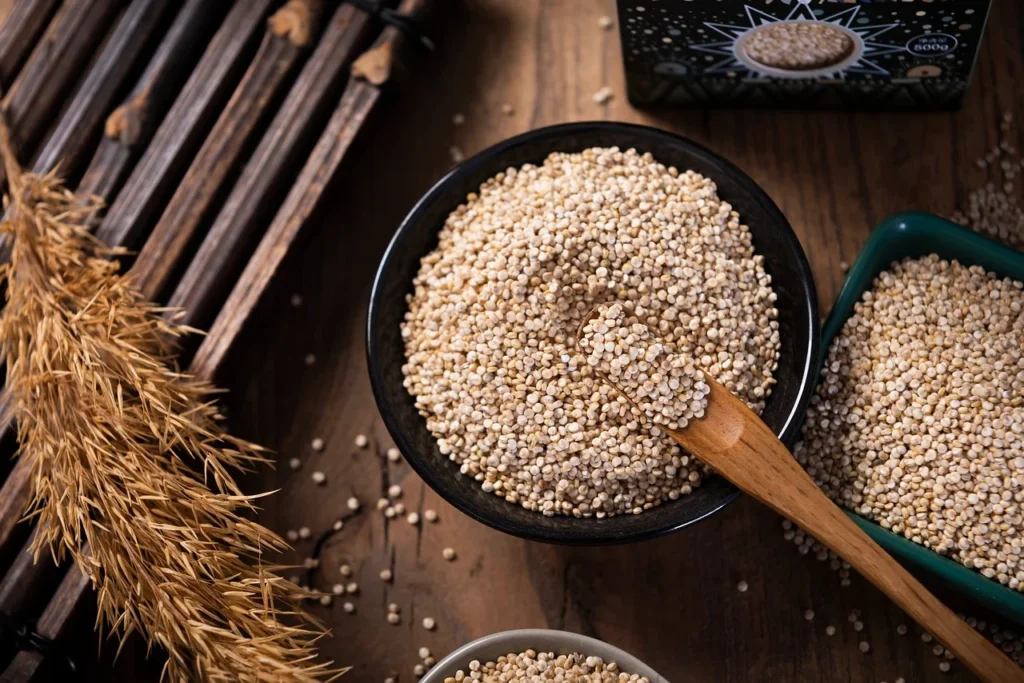
Quinoa is a gluten-free grain loaded with protein, fiber, and essential amino acids. As one of the few plant-based foods containing all nine essential amino acids, it serves as a complete protein source.
In addition to being high in protein, quinoa is rich in magnesium, iron, and zinc, which are important for energy production and immune function. Its high fiber content also supports digestive health and helps regulate blood sugar levels.
The Science of Superfoods and Their Role in Chronic Disease Prevention
One of the most compelling reasons superfoods have gained so much attention is their potential role in preventing chronic diseases. While no single food can prevent or cure diseases on its own, superfoods are often part of a healthy, balanced diet that may lower the risk of conditions like heart disease, diabetes, and cancer.
1. Heart Disease
Many superfoods, particularly those rich in healthy fats, fiber, and antioxidants, have been shown to support heart health. Omega-3 fatty acids in fatty fish, for example, can reduce inflammation, lower triglycerides, and decrease the risk of heart disease. Foods high in soluble fiber, such as oats and legumes, can help lower cholesterol levels, further reducing the risk of cardiovascular issues.
Berries, which are rich in antioxidants, can also support heart health by improving blood vessel function and reducing oxidative stress, which can damage the cardiovascular system.
2. Cancer Prevention
Antioxidant-rich superfoods, such as berries, cruciferous vegetables, and green tea, have been studied for their potential role in cancer prevention. The antioxidants in these foods help neutralize free radicals, which can damage DNA and lead to cancerous cell growth.
Sulforaphane, a compound found in broccoli, has been shown to have potent anti-cancer effects, particularly in preventing breast, prostate, and colorectal cancers. Lycopene, a compound found in tomatoes, has been associated with a lower risk of prostate cancer.
3. Type 2 Diabetes
Superfoods that are high in fiber, such as whole grains, legumes, and leafy greens, can help regulate blood sugar levels and improve insulin sensitivity. Fiber slows the absorption of sugar into the bloodstream, helping to prevent spikes in blood glucose levels. Additionally, foods rich in polyphenols, such as green tea and berries, may improve insulin sensitivity and reduce the risk of developing type 2 diabetes.
Are There Any Downsides to Superfoods
While superfoods offer numerous health benefits, they aren’t a cure-all. Consuming a handful of blueberries or a bowl of quinoa won’t undo the damage of an otherwise unhealthy diet. To achieve optimal health, superfoods should be incorporated into a balanced diet that includes a variety of nutrient-rich foods. The “Science Of Superfoods” highlights the importance of combining these powerful foods with overall healthy eating habits for the best results.





